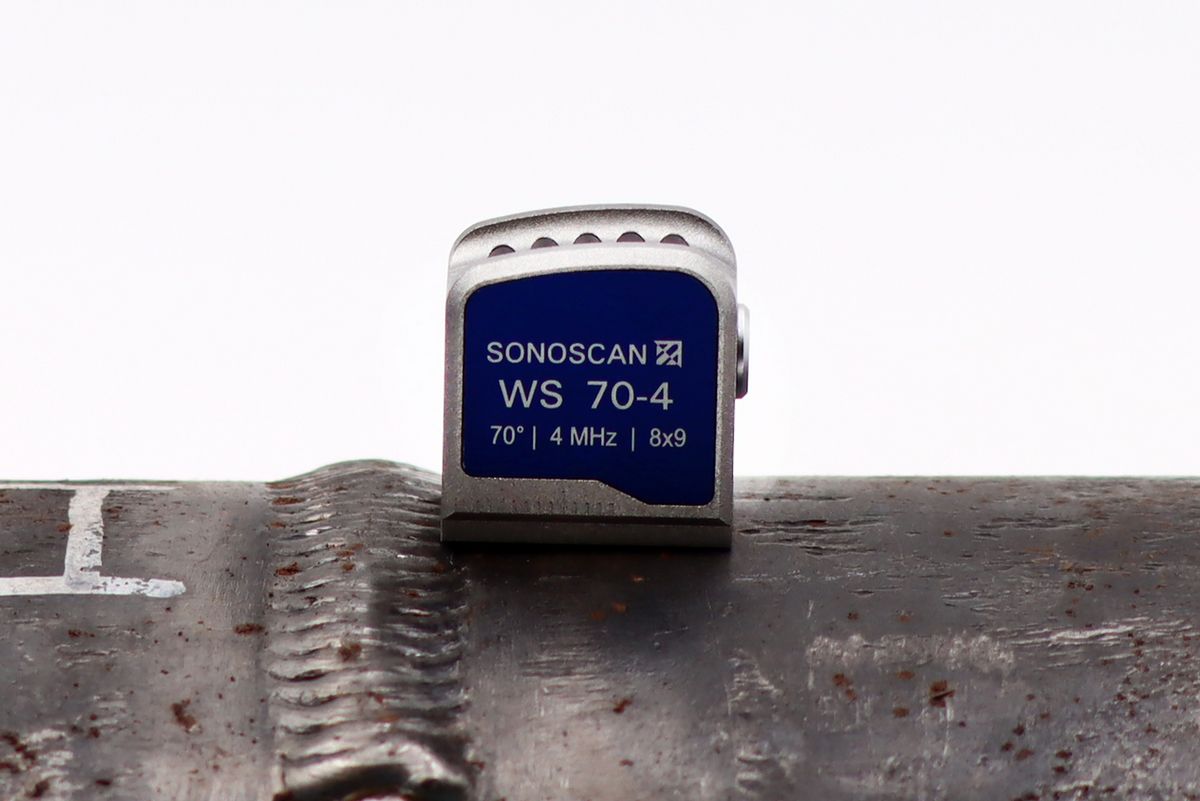Preventing Weld Undercut Demystified: Methods for Success
Preventing Weld Undercut Demystified: Methods for Success
Blog Article
Understanding the Causes and Solutions for Undercut Welding in Metal Manufacture Procedures
In the world of metal fabrication procedures, the occurrence of undercut welding postures a considerable challenge that requires an extensive understanding of its reasons and feasible remedies. The elaborate interaction of various factors during welding procedures can cause this unfavorable sensation, impacting the architectural stability and overall high quality of the welded joints - Preventing weld undercut. By dissecting the source of undercut welding and exploring efficient remedial actions, makers can boost the standard of their craftsmanship and make certain the production of flawless metal components
Usual Reasons For Undercut Welding
Frequently overlooked in metal manufacture, undercut welding takes place due to different factors that require precise attention and competence to be effectively minimized. Furthermore, inappropriate welding methods, such as using the incorrect welding angle or travel rate, can also contribute to undercut development. The choice of welding criteria, such as voltage, present, and wire feed rate, plays a substantial function in the occurrence of undercut welding.
Effect of Incorrect Welding Parameters
Inaccurate welding parameters can substantially jeopardize the stability and top quality of bonded joints in steel manufacture procedures. The impact of incorrect welding parameters manifests in various means, leading to architectural weak points and issues in the bonded parts. Thorough focus to welding criteria is paramount to ensure the manufacturing of top quality welds with the desired mechanical residential properties and architectural honesty.
Result of Improper Lantern Angle
Inappropriate lantern angle in welding procedures can substantially impact the top quality and stability of the final weld joints in steel construction procedures. Undercutting is a common welding flaw where a groove develops along the weld toe, deteriorating the joint and compromising its architectural stability.
A lantern angle that is also steep can bring about inadequate infiltration, incomplete combination, and enhanced spatter. On the various other hand, a torch angle that is as well superficial can result in too much infiltration, burn-through, and distortion of the base material. Preventing weld undercut. Appropriate lantern angle is important for making certain consistent weld high quality, toughness, and appearance
To stop damaging and various other problems triggered by inappropriate lantern angles, welders must be trained to preserve the right lantern angle throughout the welding procedure. Regular tracking and modification of lantern angles throughout welding can assist attain audio welds with marginal defects.
Role of Inadequate Welding Methods

An additional facet of inadequate welding techniques is incorrect weld preparation. Insufficient cleaning of the base metals, inaccurate joint style, or not enough side prep work can all add to damage welding. Moreover, inadequate protecting gas insurance coverage or making use of the incorrect kind of gas can cause incomplete fusion and the formation of undercut defects.
To attend to the role of insufficient welding techniques in steel manufacture processes, it is necessary to give thorough training for welders. Correct education and learning on welding specifications, joint preparation, and securing gas choice can help protect against undercut welding and make certain top notch welds in steel construction projects.
Efficient Solutions for Undercut Welding
Resolving undercut welding in steel manufacture calls for implementing effective remedies to boost weld high quality and structural stability. Among the main remedies to deal with undercut is to readjust welding parameters such as voltage, existing, and travel rate to make sure proper warm input and fusion. By fine-tuning these setups, welders can avoid excessive melting of the base steel and filler product, minimizing the likelihood of undercut development.
Additionally, appropriate joint preparation is vital in avoiding undercut. Making certain clean base metal surface areas without impurities and using the proper bevel angle can help promote far better weld infiltration and decrease the threat of undercut - Preventing weld undercut. Employing appropriate welding techniques, such as weaving or oscillating the torch, can also help in dispersing heat evenly and filling up the weld joint adequately, reducing the opportunity of undercut issues
Additionally, choosing the proper welding consumables, including electrodes and filler metals, is vital in minimizing undercut. Making use of materials with appropriate chemical compositions and mechanical properties can contribute to achieving sound welds with minimal undercut. Regular evaluation and high quality control procedures must additionally be applied to identify and address undercut issues promptly, guaranteeing the overall integrity of fabricated steel parts.

Verdict
In verdict, recognizing the reasons and services for undercut welding in metal fabrication procedures is vital for attaining high-grade welds. By resolving typical causes such as incorrect welding criteria, inappropriate torch angle, and inadequate welding strategies, welders can protect against undercutting and make certain solid, resilient welds. It is necessary to take note of these variables and carry out efficient solutions to boost the general welding procedure and last product top quality.

Report this page